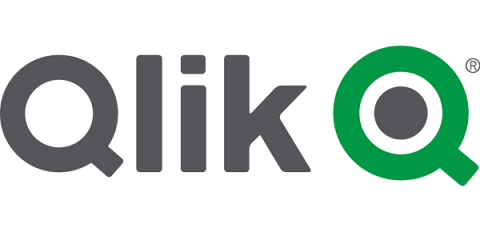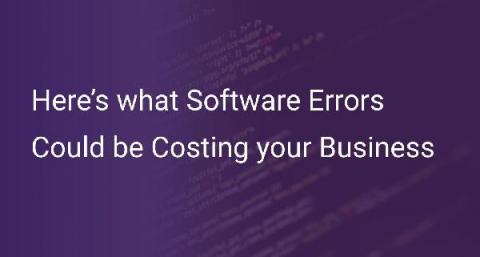America's Cybersecurity Mandate: 5 Ways to Adopt Zero-Trust Architecture
President Joe Biden issued an “Executive Order on Improving the Nation’s Cybersecurity” as of May 12, 2021. The order includes numerous actions and mandates to confront the dangers of cyber attacks that are increasing in frequency and sophistication. Cybersecurity has real and significant implications, both in economical and national security terms. At the time of this writing, the Colonial Pipeline cyber attack caused quite a stir on the USA’s east coast.










